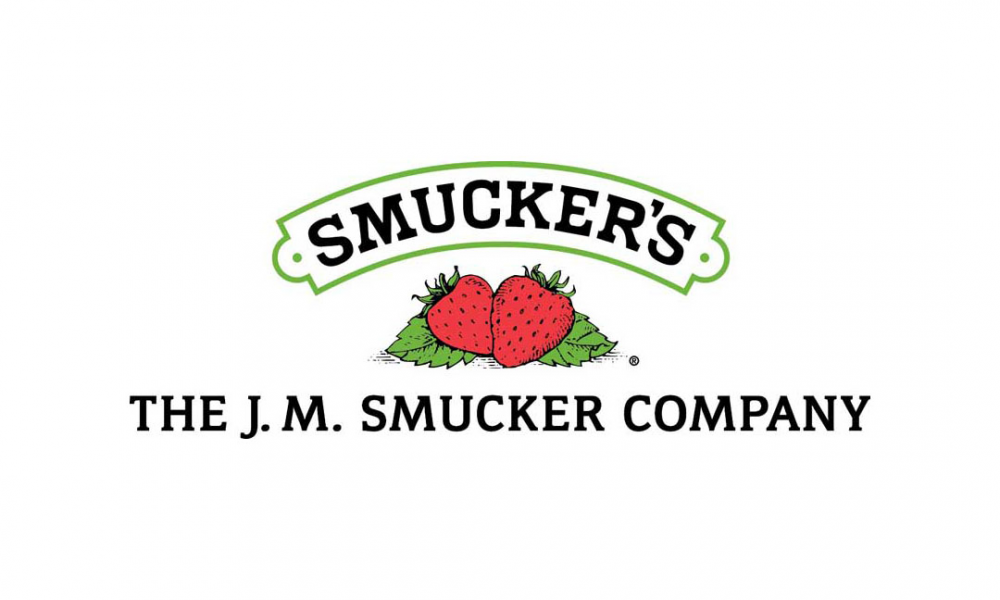
Earnings Per Share (EPS) of $2.31 surpassed the estimated $2.24, indicating better-than-expected profitability.
Revenue of approximately $2.14 billion fell short of the estimated $2.18 billion, showing a 3% year-over-year decrease.
The U.S. Retail Coffee segment showed notable growth with an 11% sales increase, while other segments like Sweet Baked Snacks and U.S. Retail Pet Food faced significant declines.
The J.M. Smucker Company (NYSE:SJM), a prominent player in the packaged food industry, is known for its popular products such as Jif peanut butter, Folgers coffee, and various jellies and jams. Despite its strong brand presence, SJM competes with major food companies like Kraft Heinz and General Mills.
On June 10, 2025, SJM reported an EPS of $2.31, beating the estimated $2.24. However, the company’s revenue of approximately $2.14 billion was slightly below the estimated $2.18 billion, representing a 3% year-over-year decrease. This underscores the challenges SJM faces in maintaining sales growth amidst stiff competition.
The company’s U.S. Retail Coffee segment demonstrated strength with an 11% sales increase to $738.6 million. The International and Away From Home division also grew by 3% to $308.9 million. However, the U.S. Retail Frozen Handheld and Spreads segment remained flat at $449.8 million, and the Sweet Baked Snacks segment experienced a significant 26% decline to $251 million. The U.S. Retail Pet Food segment also saw a 13% decrease to $395.5 million, reflecting challenges in these areas.
Following the earnings report, SJM’s stock experienced a decline, as highlighted by Barrons. The company projected a decrease in profit for fiscal year 2026, contributing to the negative stock movement. This forecasted downturn is attributed to declining demand for dog snacks and sweet baked goods, partly due to recent price hikes.
Financially, SJM has a price-to-sales ratio of approximately 1.35 and an enterprise value to sales ratio of about 2.25. The enterprise value to operating cash flow ratio is around 15.90, indicating the company’s valuation relative to its cash flow. However, the debt-to-equity ratio of approximately 1.15 and a current ratio of about 0.60 suggest potential challenges in managing debt and short-term liabilities.
